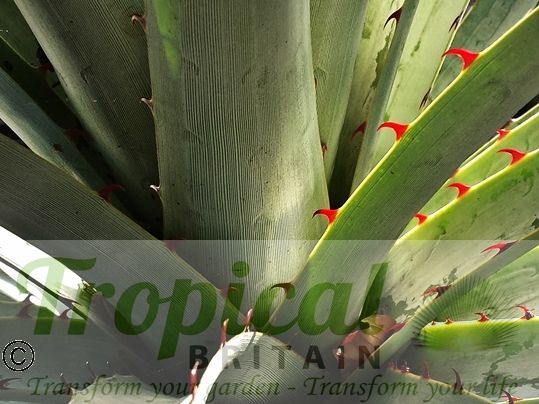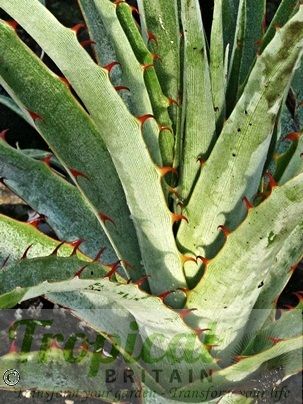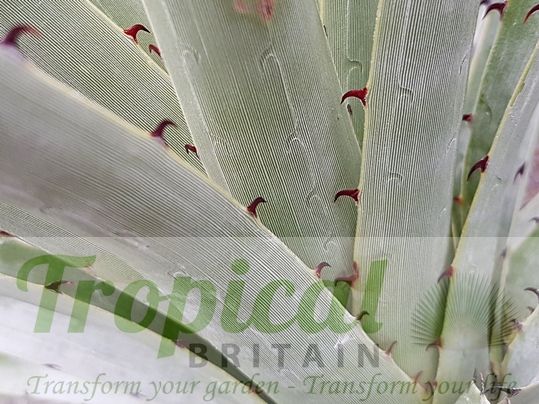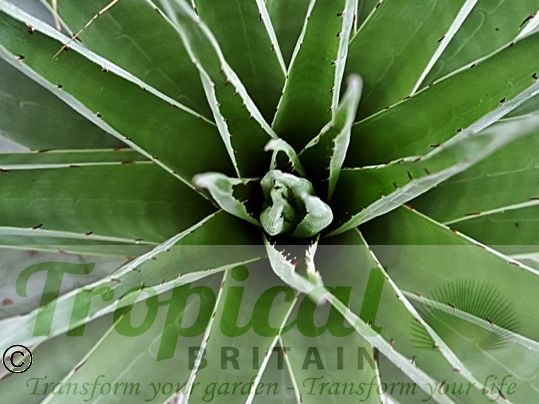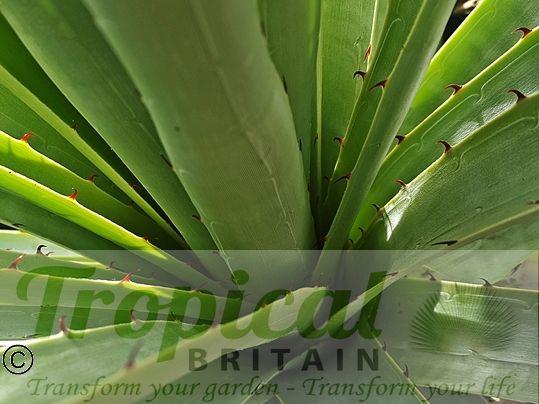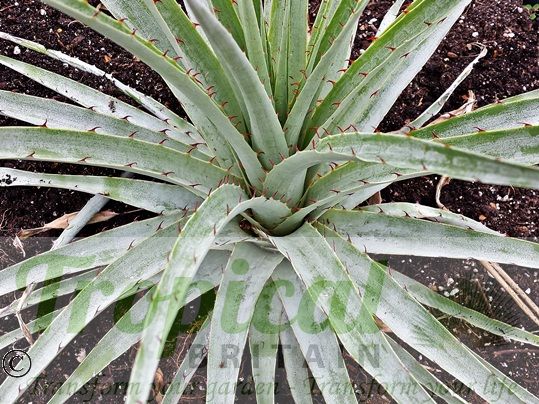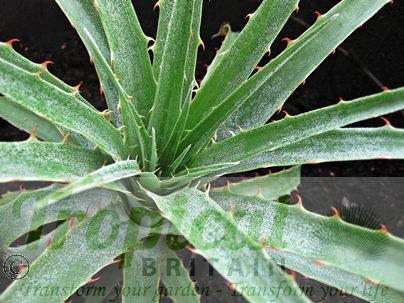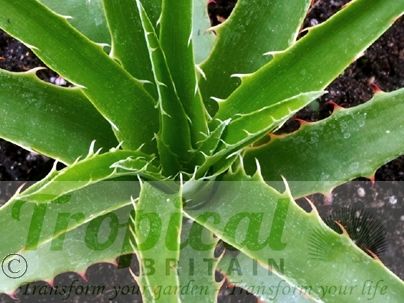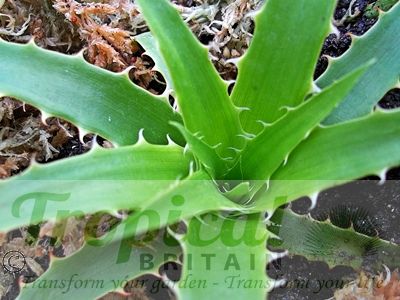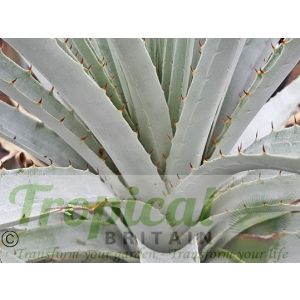Puya castellanosii is a large terrestrial succulent bromeliad from the Northern Argentinean Andes where it grows in extensive colonies on dry slopes and mountain sides at elevations between 2300 and 3500 metres. Growing to a height of 1.5m and forming large clumps to 3m across, Puya castellanosi is a dramatic and highly architectural bromeliad with very long silvery blue-green leaves that are edged with brown recurved spines typical of the genus and forming a dense barbed rosette. It has a huge and very striking inflorescence of tubular pale whitish-blue flowers held on branched bracts that are a deep rich pinky-purple in colour and covered in a fine silvery tormentum. It can reach up to 2m in height.
In its natural habitat, Puya castellanosi is one of the dominant species in a barren terrain of rocky surfaces and exposed upland pasture consisting of xeriphytic grasses and sparse, wind-blown dwarf shrubs. The soils are dry and free-draining, comprised of sand, rock and scree with very little moisture-retaining organic content. This dry arid soil is high in calcisols, dominated by calcium carbonate as powdery lime or rocky concretions. Puya castellanosi often gains a foothold in shallow depressions on the mountainous slopes where this eroded calcareous rubble has collected. Red Triassic sandstones reminiscent of Devon are prevalent throughout much of this region. The climate at these elevations is harsh with high solar radiation and extremes of intense daytime heat and low temperatures during the night. A dry winter and warm summer is the usual seasonal norm with temperatures in July, the coldest month, going down to -1.2 C at night. Strong driving winds, freezing temperatures and snowstorms all form part of the weather patterns in this rugged environment.
Nontheless, the challenges of the British winter are far greater and getting Puyas to survive outdoors in the UK are usually beyond all but the most dedicated and determined exotic gardener. They require high light levels and warmth, dry, free-draining, gritty, alkaline soil and protection from prolonged freezing or low sub-zero temperatures. Unless you have a very special microclimate - probably in the south of the country - it is best grown in the UK in a warm conservatory or glasshouse.
Taxonomically, Puya castellanosii is classified in the subgenus Puya, which differs from subgenus Puyopsis by lacking fertile flowers at the apex of the branches of inflorescences. Its nearest genetic relative is Puya raimondii, the largest Bromeliad in the world.
Puya castellanosi is listed as Endangered on the IUCN Red List and is part of our ex-situ conservation programme. We are releasing only a limited quantity of these plants commercially.
Additional Information
| Order | Poales |
|---|---|
| Family | Bromeliaceae |
| Sub-Family | Pitcairnioideae |
| Synonyms | Puya fiebrigii |
| Geographical Origin | Northwest Argentina; Salta Province, locally in the uplands around Laguna del Brealito in Valle Calchaquí |
| Cultivation | Warm sunny aspect. Dry, free-draining, sandy and calcareous soil |
| Eventual Height | 1-2 m |
| Eventual Spread | 3 m |
| Hardiness | Hardy to about -5C in the UK. Keep warm and dryish during winter under a raincover and protect with several layers of fleece |

Free DELIVERY
ON ALL ORDERS OVER £99THIS OFFER IS VALID ON ALL OUR STORE ITEMS.

